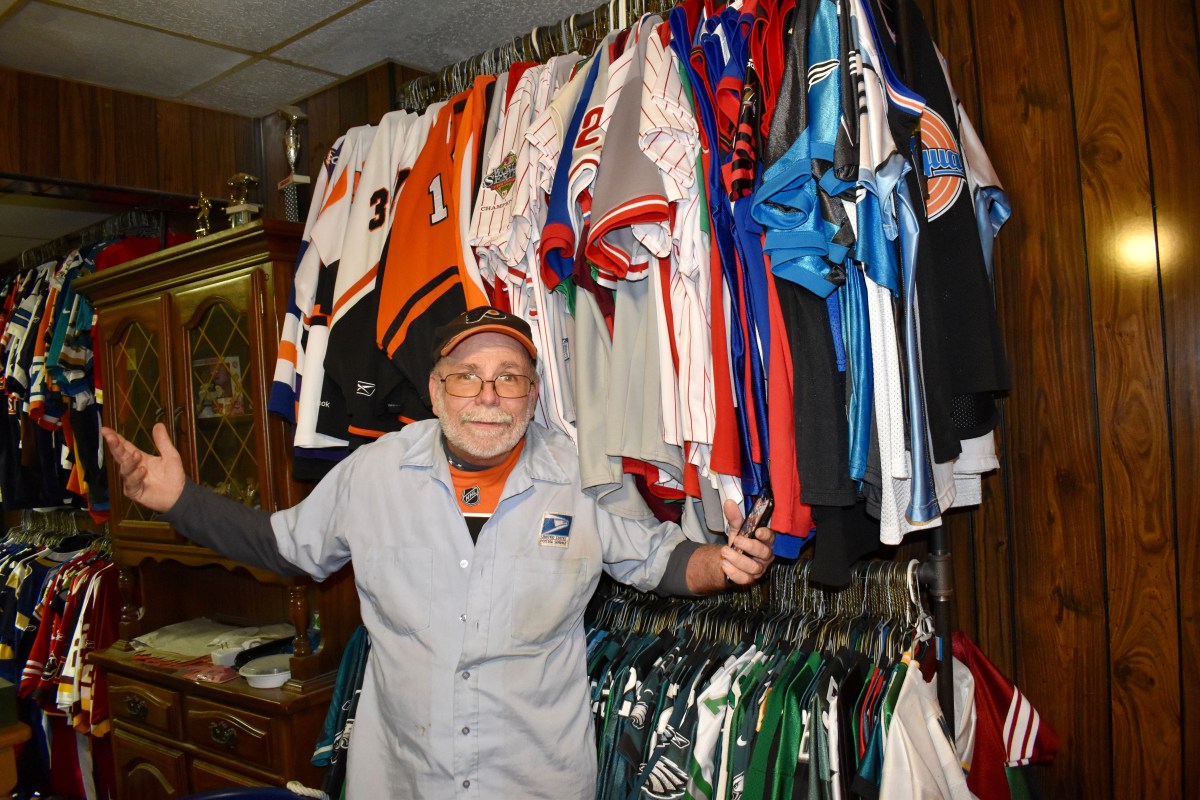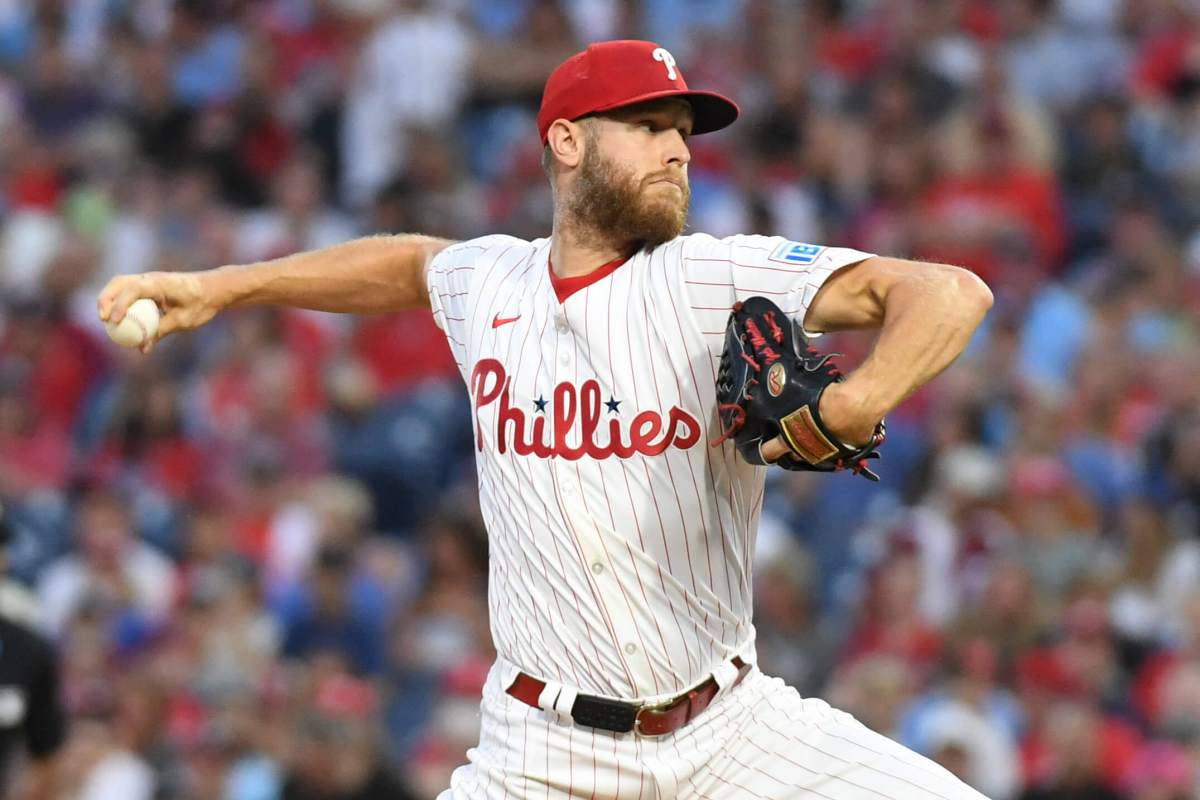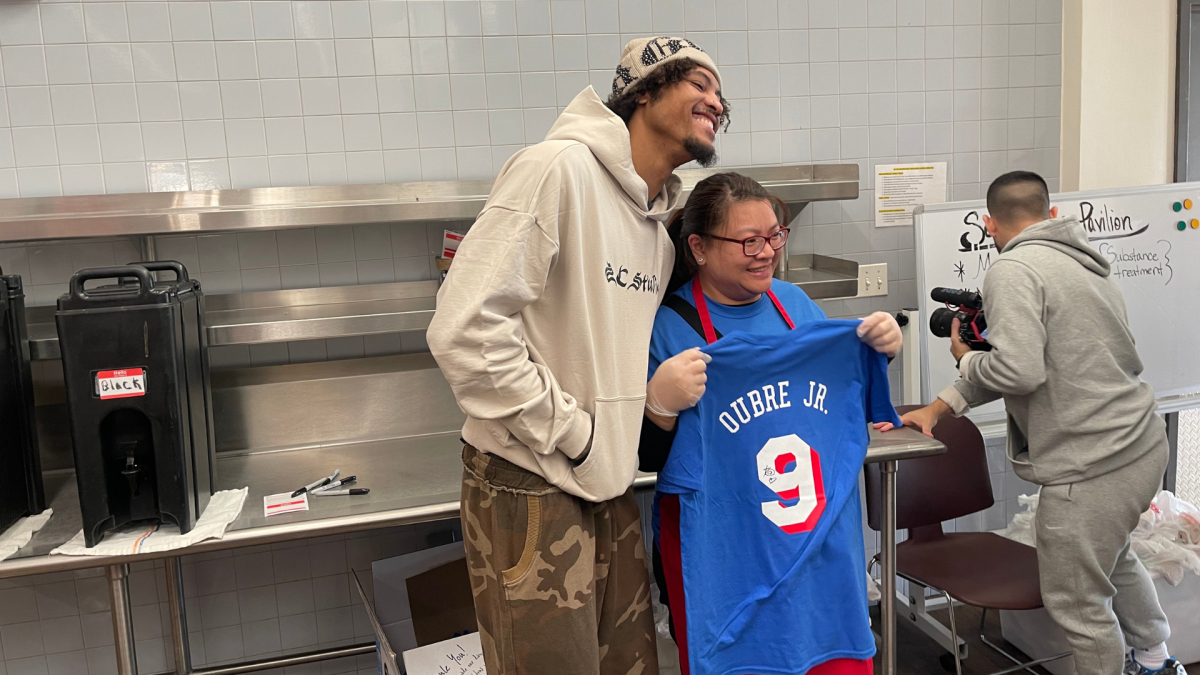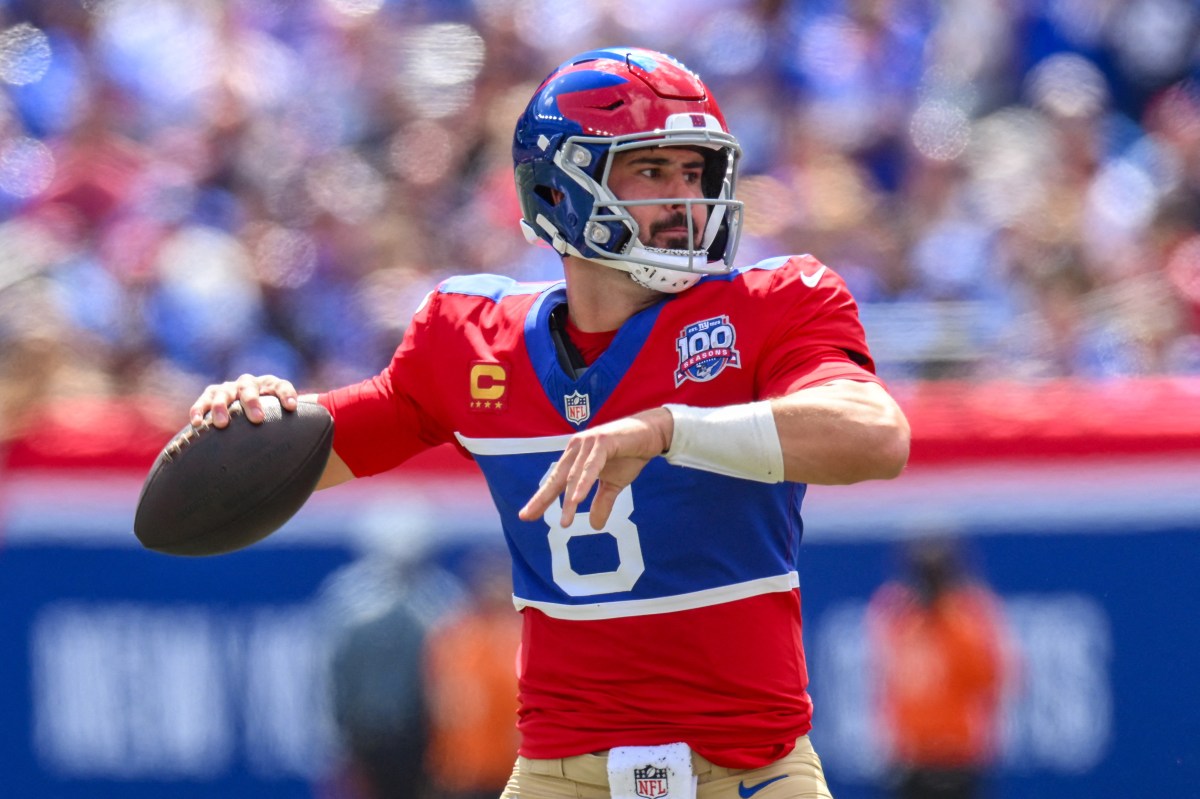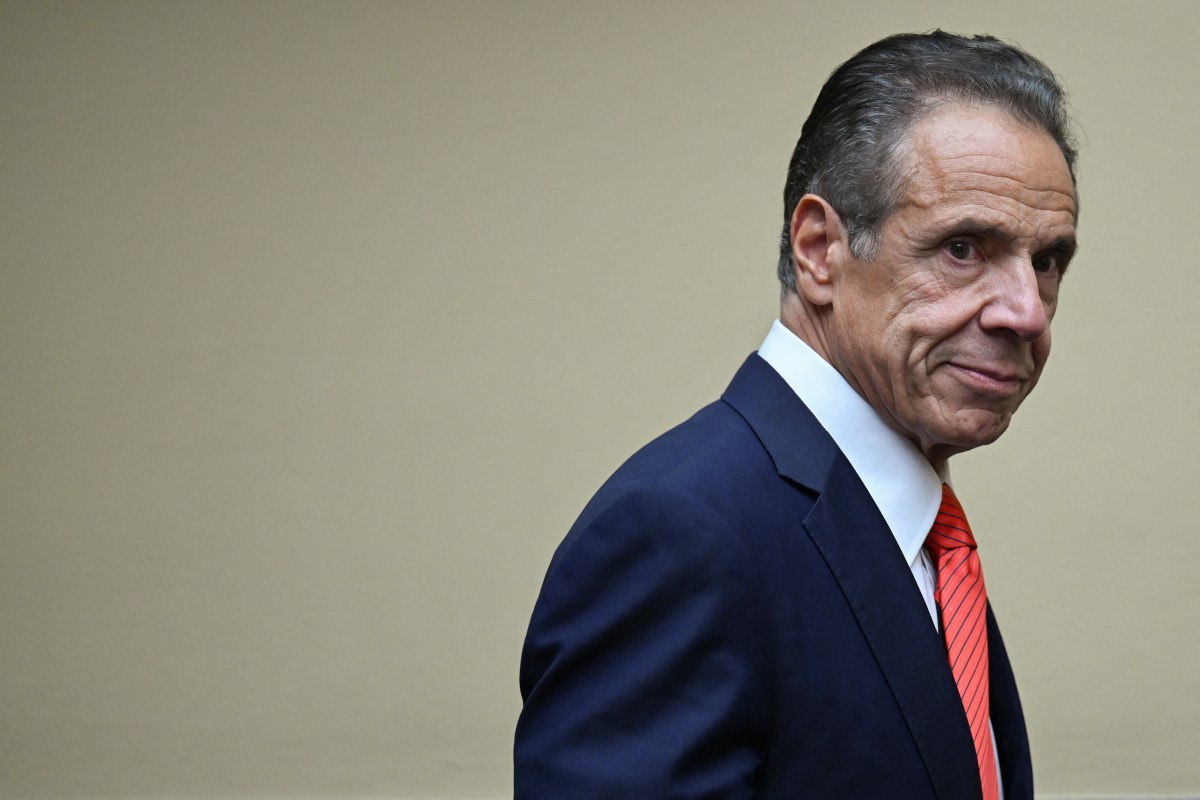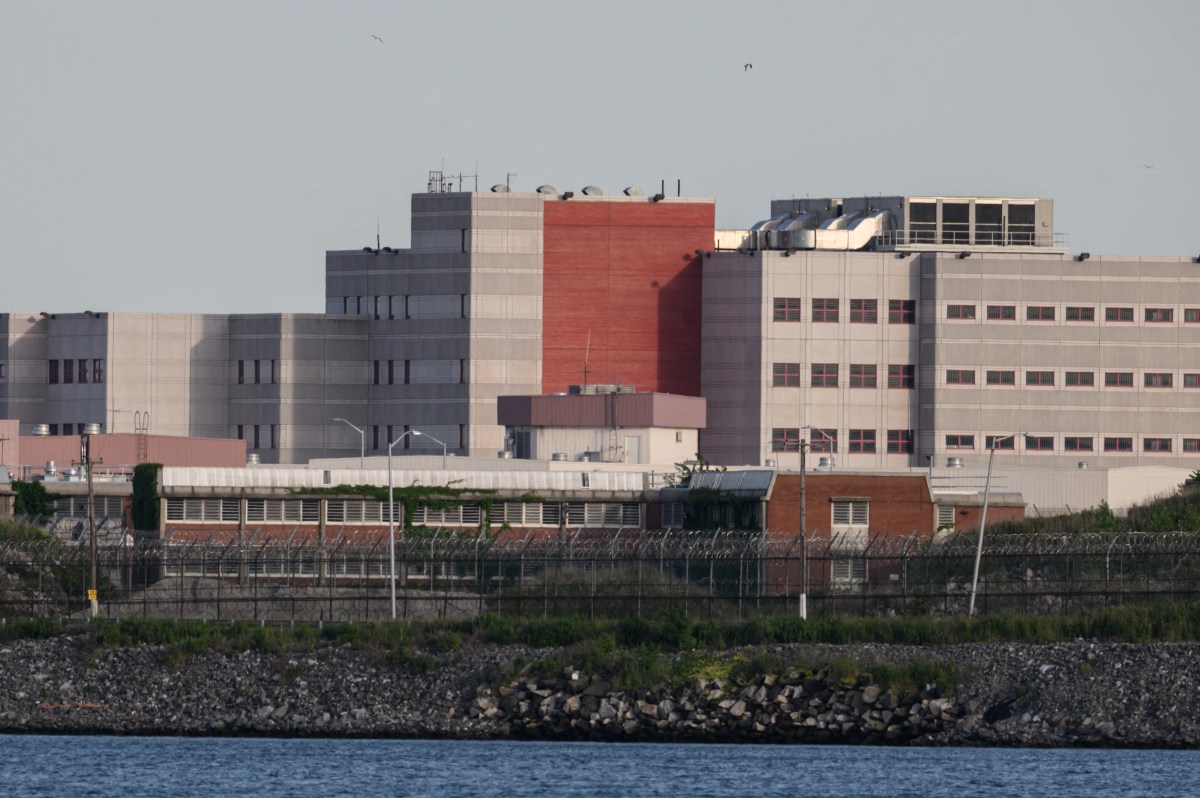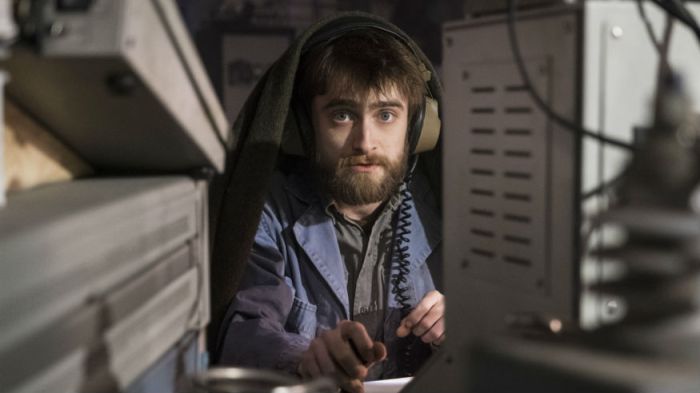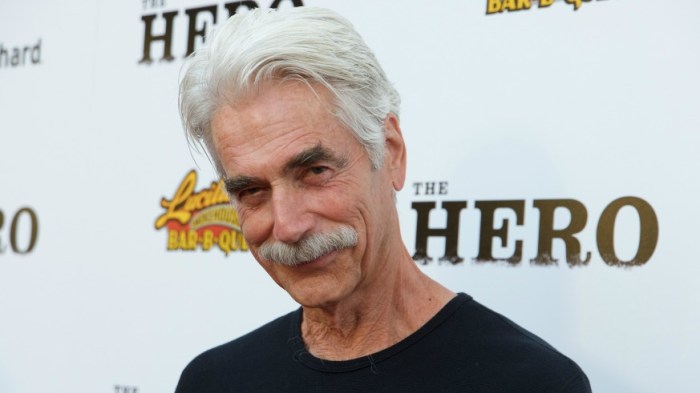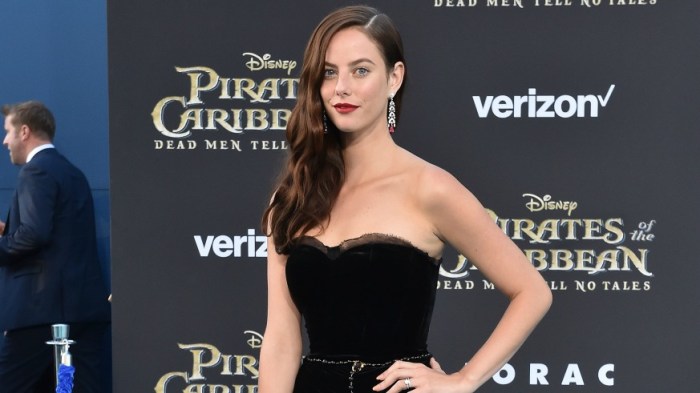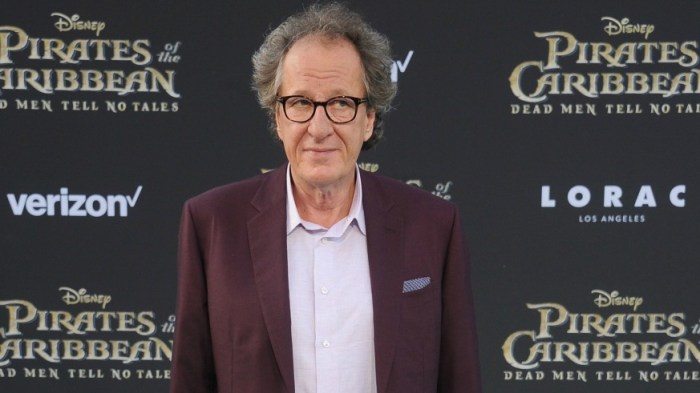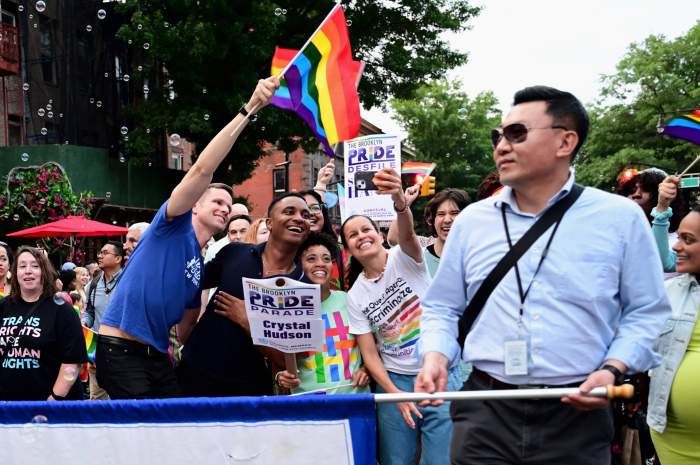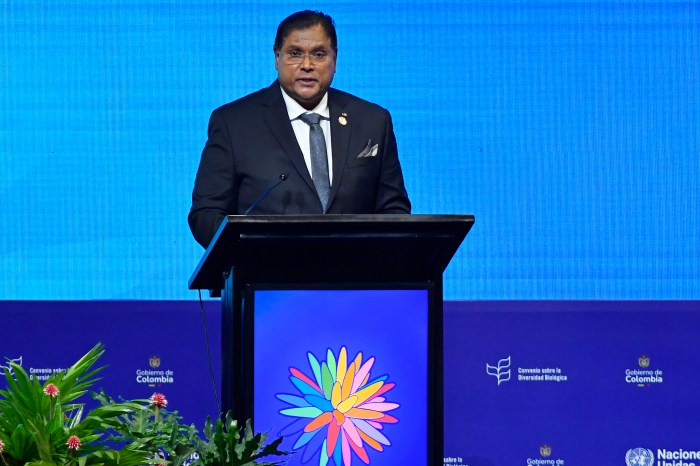One of Robert Zemeckis’ first produced screenplays was a World War II movie. It was “1941,” Steven Spielberg’s war comedy, where he and his frequent writing partner Bob Gale sent up patriotism and paranoia in the bubble of California. The filmmaker finally returns to the era with “Allied,” a romantic thriller about two spies (Brad Pitt and Marion Cotillard) who fall in love while on a mission in Casablanca. They marry and relocate to London, at which point Pitt’s character is informed his wife may be leaking intel to the Nazis. Refusing to believe this, he goes out of his way to prove her innocence, even though he can’t be sure of it. The Oscar-winning filmmaker — whose storied career includes “Back to the Future,” “Who Framed Roger Rabbit,” “Forrest Gump” and last year’s under-heralded “The Walk” — talks to us the power of the close-up, never picking projects based on the era or theme and how shooting party scenes are a recipe for migraines. Your filmography is diverse, jumping between dramas and comedies and effects-driven spectacles. Were there certain challenges you were looking to undertake when you took on a World War II movie that’s about character, not battles? And Brad Pitt’s character is so in love he’s convinced Marianne is innocent. He doesn’t fly into macho, jealous rage, though some of the things he does are still troubling. RELATED: Interview: Marion Cotillard on “Allied” and staying hopeful post-election Neither of your protagonists has many chances to speak their minds, which allows you to use the camera to convey character psychology. Even if we don’t know exactly what they’re thinking, we can get a general sense of how rattled they are. You’re famous for exploring new forms of technology, but you’ve said there are often more subtle special effects in some of your films. You’ve said “The Walk” is filled with tiny special effects you’d never notice, not just the big ones during the climax atop the World Trade Center. Was that the case here? Shooting close-ups of Marion Cotillard must be a real treat for a filmmaker. Was there a set piece or a section of the film that was really fun for you to put together from a design point? I’d think maybe the French prison shoot-out. Yes, but I meant it in a loose way, I suppose. Party scenes look tough to create, because there’s so much planning and so many people and so much that can be left to chance. I can’t imagine what Blake Edwards had to do when making the 1968 film “The Party,” which is a party over an entire course of a film. Generally, do you tend to hyper-design the films, like Hitchcock would do? He storyboarded almost everything. Do you think you’d do another war film? Could you see yourself doing one that has elaborate battle scenes? Though also a pain in the ass.
My approach to these things is, “How am I supposed to tell the story? What is the camera doing to tell the story?” The thing I had to concentrate on the most was to never lose sight of the fact that these people were madly in love with each other. That’s what I always came back to. Everything visually had to speak to that.
Yeah. He so desperately needs to disprove it, but he’s almost on an impossible mission. He starts to realize that it’s delusional thinking. He puts himself and other people in harm’s way.
Definitely. The design that I spoke of with Don Burgess, my cameraman, was that as their world starts closing in on them, the image will become more and more claustrophobic as well. In the early parts of the movie, when we’re in Casablanca, everything’s wide or large vistas. It gets more closed down as the story goes.
Yeah, there’s quite a few. But that’s what we do. We use all the tools at our disposal. I’ll tell you what my favorite special effect is: It’s the close-up.
Oh yeah, it’s just great. It’s absolute spectacle. That’s filmmaking spectacle, to do a close-up of an actress like that. And a close-up is only something that can be done in movies, or a visual medium. It can’t be done in any other art form. It’s always been a special effect. To me, all other special effects are an extension on that. We tell stories using the tools and illusions of this specific art form.
Did you say fun?
No, no, I appreciate that. Because it’s always fun to see those scenes when they’re finished, but they’re never fun to do. Actually, the one I spent the most time on from a design standpoint was the party. In that scene, everything had to be designed around how I was going to tell that part of the story on the set with a large cast. I spent more time laying out and designing that scene than I did anywhere else in the film — maybe the stuff in the prison, and the climax, of course.
Yeah, they’re really a pain in the ass to do. Especially with all these atmosphere people [extras] — they could destroy the moment at any moment. They could glance at the camera or do some bad acting or something. It’s really hard.
I only do storyboards when I’m doing a scene where things need to be communicated to large groups of departments. Anything that involves elaborate visual effects or special effects or action, I do storyboards. But if I’m doing a scene with two people sitting at a kitchen table, I never do storyboards. I didn’t do storyboards for the party, but I did build models of the whole house. We would walk through the model with a little lipstick camera kind of thing.
The truth is if it’s a great story, I don’t care what era it is or where it is. It’s whatever serves the story or the characters. I don’t usually put the word out that I’m looking to do some Civil War story or something like that. But if there’s a great story that takes place in the Civil War, I would do it. That would be fun.
Exactly, exactly.
Robert Zemeckis talks ‘Allied’ and the power of the close-up
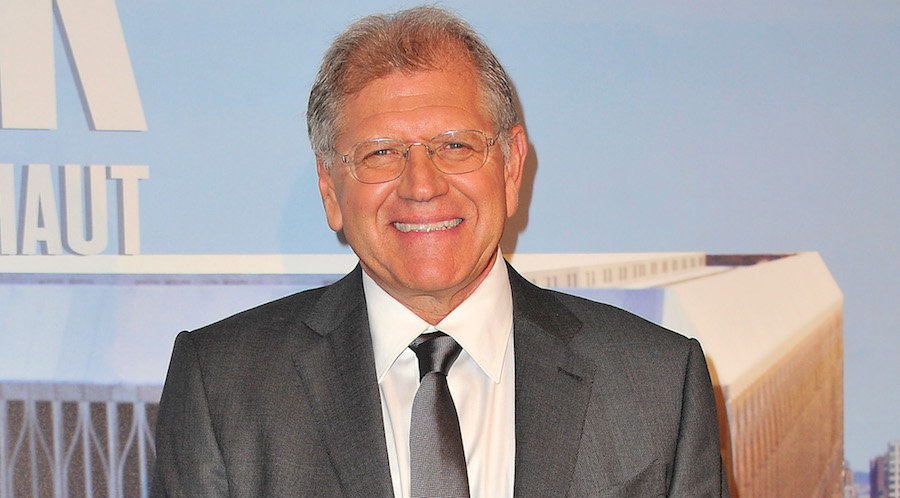
Getty Images
Follow Matt Prigge on Twitter @mattprigge







